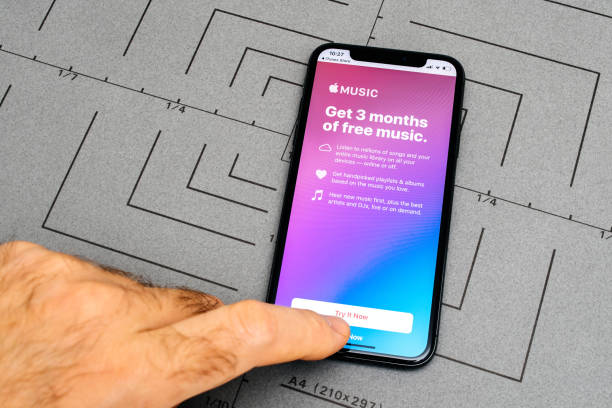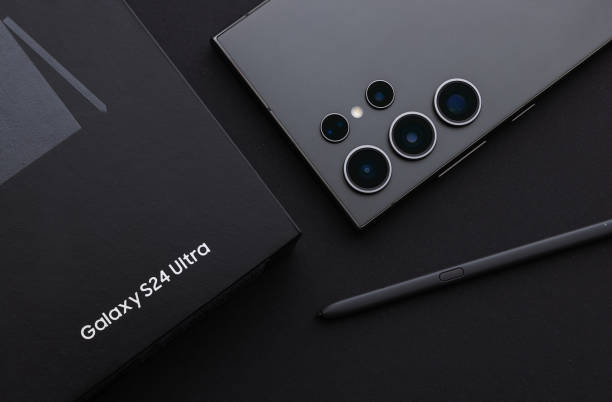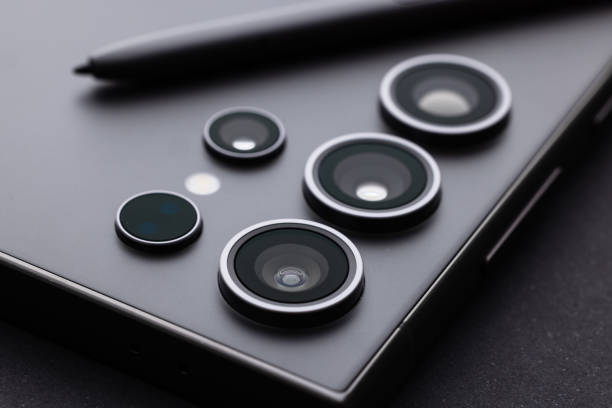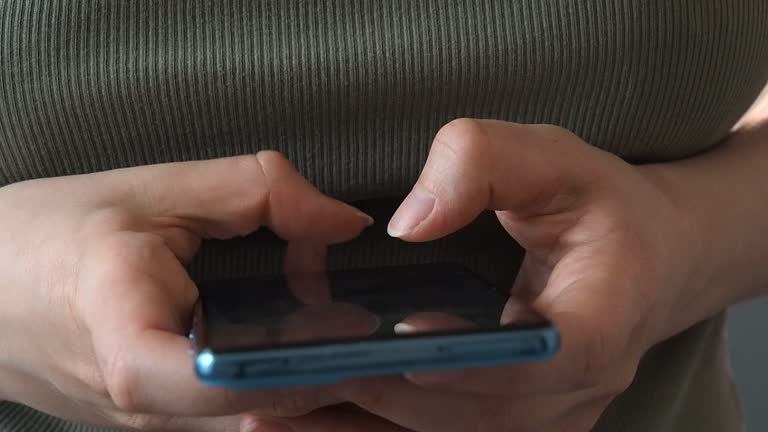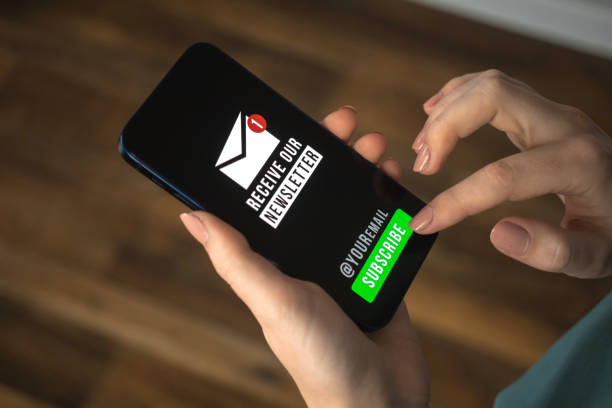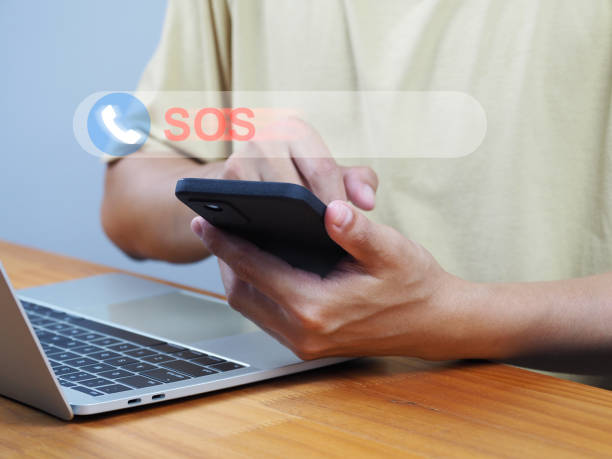How to Remove a Virus from iPhone
But in the present years, communication technology has gone to a greater level, and smartphones are also used frequently. The gadget company has had one of the most popular gadgets in the world with the iPhone, not to mention the well-positioned design and resourceful operating system of the gadget company. However, like any other electronics out there, iPhones, iPods, iPads, or any other Apple products are not immune to such things as viruses and malware. For everyone who is having doubt if their iPhone is infected? Well, do not worry, for there is what you can do about it. In this article, we will explain how, and you will be assured that it is in proper condition.
Can Your iPhone Get a Virus?
As a rule, one can note that iPhone devices are less susceptible to viruses compared to other devices, but it is possible to somehow get the virus on an iPhone. The iPhone is developed to have an operating system called iOS, and it has strict security measures with options like, for example, apps reviewed by the App Store and security updates. However, iPhones are still vulnerable to threats in some scenarios.

For example, downloading applications from other unknown sources, clicking links to the bogus websites, and opening malicious mail can all lead to the arrival of the malware on the phone. Similarly, the next level of positive recognition should also embrace understanding that your iPhone has a virus or malware. How to Remove a Virus from iPhone before it is much more entrenched.
Warning Signs That Tell You Have a Virus on Your iPhone
But it’s first important to familiarize yourself with the signs that could alert you to the fact that your iPhone is infected before learning the ways of how to remove a virus from iPhone. Here are some common signs:
Unexpected Pop-Ups: This is achieved by the following leading signs that you experience on your iPhone once you have a virus or malware: pop-up advertisements or alerts. The majority of such pop-ups will require the user to download some applications or enter some precious personal details.
Battery Drain: You also get to know that your battery on the iPhone is nearly dead much quicker, and this may be due to the working of some nasty apps.
Slow Performance: Forget it, even if you believe that your iPhone runs slow because of the virus or because some application eats up the system’s resources.
Unusual Data Usage: Whenever one gets a feeling that his usage of data has escalated to the next level, one might ask if Virus is forwarding whatever it downloaded from the computer.
Apps Crashing: When your iPhone apps are normally crashing more often, then that would mean the iPhone is attacked by a virus that messes up the functioning of the iPhone.
Strange Pop-Up Ads or Redirects: The second cue that may suggest an indicator of malware presence is every time you end up being redirected to some website that you have never visited before.
How to Remove a Virus from iPhone: The Complete Guide
Any person who has observed any of the symptoms as described in the examples above should seek help as soon as possible. Here’s How to Remove a Virus from iPhone Step by Step:
Restart Your iPhone
The first and maybe a semi-simple method of avoiding any particular virus or malware is to reset one’s iPhone. Sometimes, a device operating system or an application may have a virus, which can easily be done away with by rebooting the device. Press the power button until conservation of power appears, then move the power bar to switch off the iPhone. Turn it ON and then turn it OFF after a few seconds and then again turn it ON.
Check for Malicious Apps
In most cases, iPhones are safe for use when applying applications and games downloaded from the iTunes application store. But if you ever downloaded an app from a third-party app store, that app was a malware payload waiting to happen. In order to unhide a virus on your iPhone, start with the process of inspecting all your iPhone’s apps and deleting all the apps that seem to be questionable in your eyes.
To delete an app:
- Look for it with the icon on the home screen of the device used.
- Tap the app’s icon for some time; the menu will appear.
- Press Delete App, and then you will be prompted for the intended movement.
- It is recommended to clear the websites and browsing history with the use of Safari.
If you are suffering from pop-ups or getting redirected, this is a sure sign that your browser may be infected. Safari, which is a web browser inherent in iPhones, and in addition, iPhones have turned out to store details resulting in such matters. Here’s how to clear the browser data:
- Open the Settings app.
- Scroll down and tap Safari.
- Now, you will see some link labeled ‘Clear History and Website Data.’ Simply, clicking on it was below the heading.
- Confirm the action.
This will clear all history, cookies and cache from Safari to improve its effectiveness in eradicating the browser born virus and other un-desirable data.
Update iOS Software
IOS updates are relatively frequent, and they consist of bug fixes for multiple issues and a security fix for significant holes. One of the important features of preventing virus infection on iPhones is making sure that you update the phone. To update your iPhone’s software:
- Open the Settings app.
- Tap General.
- Select Software Update.
- If there is a new version of the program, in the Download and Install box on your screen, you’ll see this option.
It makes your iPhone less vulnerable to newly emerged viruses because your iPhone is guarded with a new advanced security system.
Two-factor login confirmation should be provided as an option.
Further, if you want iPhone security, you should try to enable two-factor authentication; that is, each time you sign in to your Apple ID or make a purchase, you will have to enter the code that is sent to your other trusted device or phone number. This makes it become very easy for you to protect your account from attackers, even when such an attacker knows your account password.
To enable 2FA:
- Go to Settings.
- Tap your Apple ID at the top.
- Select Password & Security.
- Follow the instruction that is provided under the link. Click Turn on Two-Factor Authentication when enabling the process.
- By this time, one should consider using a competent mobile security app.
An iPhone does not require any third-party antivirus apps; however, of course, you can find safe mobile security apps to locate, report, and delete possible dangers. You should use only approved applications that can be downloaded from the App Store, such as Lookout and Avira Mobile Security, for instance. It also means that some of these apps can remain installed on iPhones to wait for signatures of viruses and become a kind of security supplement.
Factory Reset Your iPhone
However, if your iPhone acts strange even if you followed all the aforesaid steps, then it will be wise to restore your iPhone to factory settings. It will also delete all your contents and settings, meaning that even the virus, any malicious apps, or unwanted programs will also be deleted.
To perform a factory reset:
- Open the Settings app.
- Tap General.
- Go to the end of this screen, then press on Transfer or Reset iPhone.
- Find Erase All Content and Settings in a new window that is about to appear if you want to.
Warning: In regards to the issued iPhone, it is recommended to back up the device on iCloud or iTunes before continuing to the factory resetting of the iPhone because all data will be erased.
The ways to minimize viruses on iPhone
With this knowledge, how to remove a virus from an iPhone & this also means it is equally important for you to know how to avoid future worsening of the infection. Here are some tips:
- Download apps only from the App Store: Do not download apps from third-party markets because they may contain a virus.
- Keep your iPhone updated: Whenever you have a brand new one in the series of iOSs, realize that it holds solutions to new menaces to your device.
- Be cautious of phishing attempts: He was just wise enough and never opened any links or clicked any emails from unknown sources.
- Use a secure Wi-Fi connection: This can especially be seen with cyber threats, as they can be found on public Wi-Fi networks with a lot of ease. Never plug in your machine or use the connection when you are connected to such public Wi-Fi terminals or Wi-Fi hotspots.
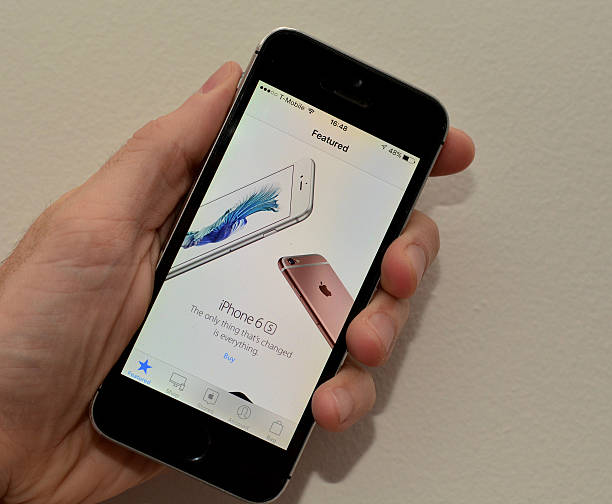
Conclusions about How to Remove a Virus from iPhone
Ironclad as iPhones may be, the gadget is vulnerable to viruses and malware. Better be aware of how to remove a virus from an iPhone of the threats, which is explained below to guard from these dangers. As one may follow this guide, it would be convenient to get an iPhone in addition to making sure that iPhone provides its best performance. The iPhone has automatic updates, safe surfing, and recognition of any risky incidence that may lead to viruses affecting the iPhone.
FAQs about How to Remove a Virus from iPhone
Can my iPhone get a virus?
Indeed, iPhones are slightly more secure than the other devices, but they can develop a virus if you are getting your applications from an unsafe source or if you are the recipient of a link with a virus.
